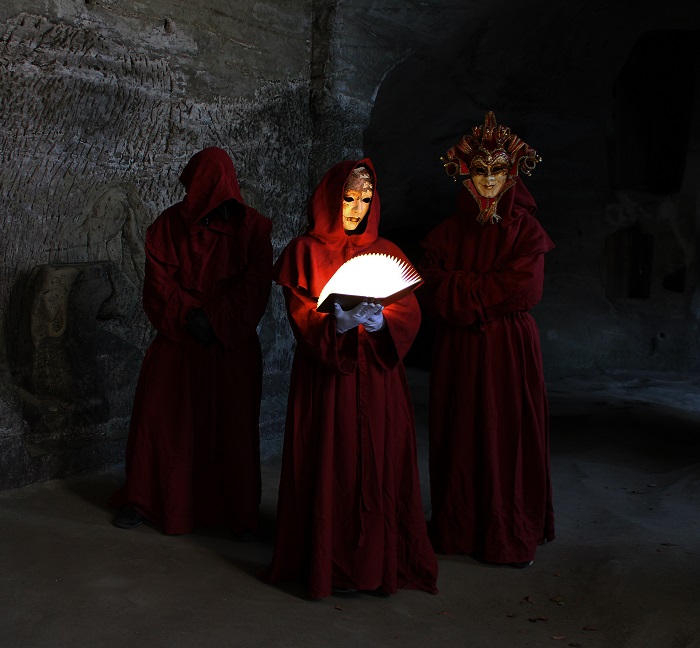
‘Triade II: Hemera’ seems to flow in the conceptual sound of the band while keeping a dark medieval atmosphere. The opening track ‘Phantasmgorie’ is a fast-paced song where the guitars manifest the ominous beauty of the music and the harsh screeching wonderfully soars over the drum eruptions. The gloomy mood of the background serves the tremolo lines. However, the atmosphere is rather unsettling due to the shifting pace of the drums, although this time there are some changes in the song arrangements, which somehow makes the music feel inspired by the classical antiquity of the Middle Ages.
While there is an eeriness to the music, the sonic details are somehow compacted. The Swiss ensemble fuses an emotional quality. The use of female vocal samples along with the harsh vocals provides sumptuous, contemporary elements. Even though the opening track is in the vein of the previous material ‘Adonaia’s Elegien’ demonstrates the grandiosity of the composition, which integrates the Jewish Shofar horn and rich atmospherics. The layering of these instruments somehow feels pressured whereby the drums are played swiftly, making it difficult to make out each instrument. AARA’s music evokes an aura of modern black metal. The artistic approach to songs like “Sonne der Nacht” brims with eeriness and the use of the Indian female vocals infuses mystical quality resulting in sublime soundscapes.
Although these elements elaborate the scale of the music, my main remark is that the screeching vocals don’t merge quite well. ‘Triade II: Hemera’ is a violent mixture of rhythms and neoclassical elements, bolstered by powerful drums and high-pitched vocals. The flurry of the ruthless screeching splinters into the mix. There’s not one moment in which the drums lessen their powerful outburst. The music simply rages on to a fierce closure. The disharmony of the guitars on ‘Das Dunkel der Welt’ defines a complex work of layering in which the guitars sound like a jarring violin, embedded with furious drum beats. The riffing work is reckoned as a tour de force of AARA’s songwriting theory.
Their advanced craftsmanship saw its peak on the sophomore ‘En Ergô Einai’, where AARA introduced its neoclassical elegance that went hand in hand with the atmospheric environment built on a baroque style of black metal. The trio understands how to create a quirky blend of extreme and post-black metal. The composition is derived from the modern aesthetics, mainly brought by the minimal use of synth textures and atmosphere. The six tracks of the album excel at ferocity and aggression with fast tempos and brutal drums bringing tremendous velocity.
The guitar notes often show some elegance in the riffing, but quickly swerve into fast-picked tremolo riffing. Its melodic flair portrays subtle emotions and the intensity obtains robust transitions. The baroque style of composition is all over the songs and the fifth track ‘Strepitus Mundi’ is one of the catchiest songs of the album. The vocals are more balanced and the drums instantly stream at a blistering pace with the charming guitars surging like a whirlpool.
Even though the previous songs could have been served with a better mixing, my only real remark is that the album lacks catchiness. AARA on the fourth album showcases the dichotomy of cruelty and the competence of creating sublime melodies. The final track “Mitgift” emphasizes the soothing effect of the rhythm guitars which was somehow absent in the prior songs. The sublime atmosphere blooms beautifully with the subtle textures of choirs, blast beats and vibrant guitars. The pounding drums are followed by atrocious throat-cutting vocals that give it more depth and balance.
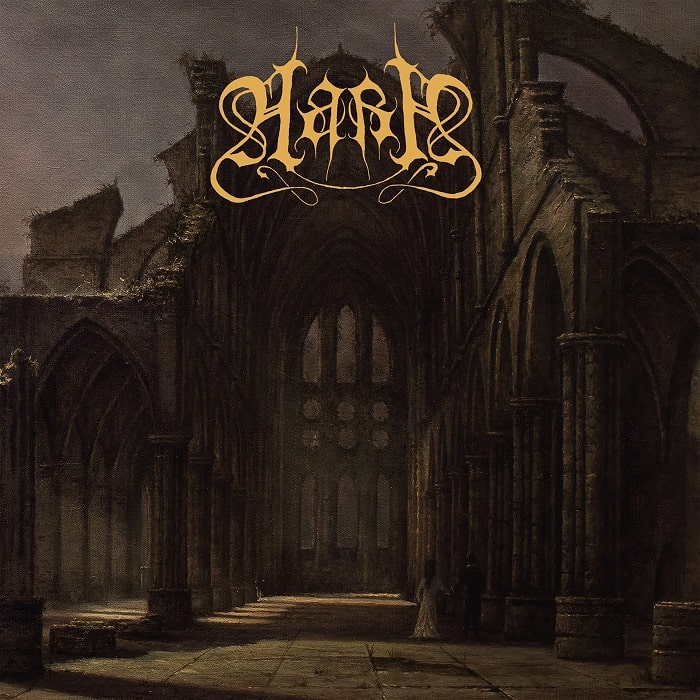
Links
REVIEW SCORE
| 6.4 | AARA’s fourth album ‘Triade II: Hemera’ feels like a packed cacophony that subdues its catchy undertones. Its six tracks are meticulously crafted, but the hasty return of the trio has resulted in some drawbacks. |
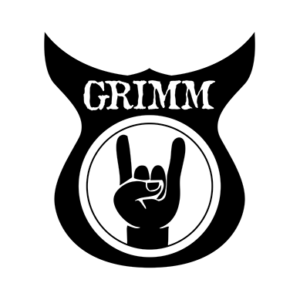


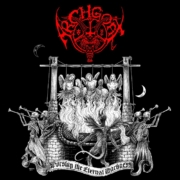
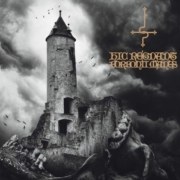
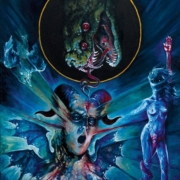
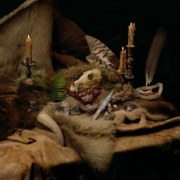
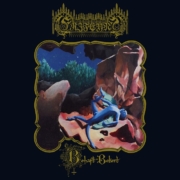
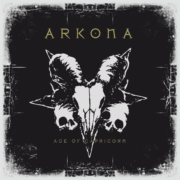




Leave a Reply
Want to join the discussion?Feel free to contribute!